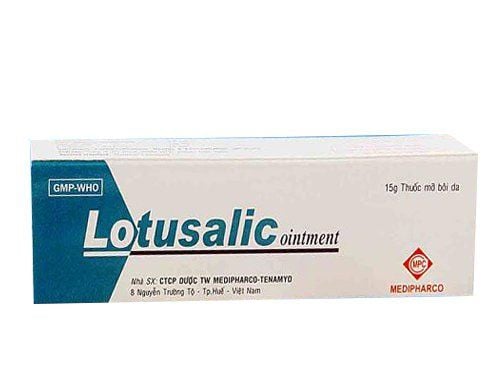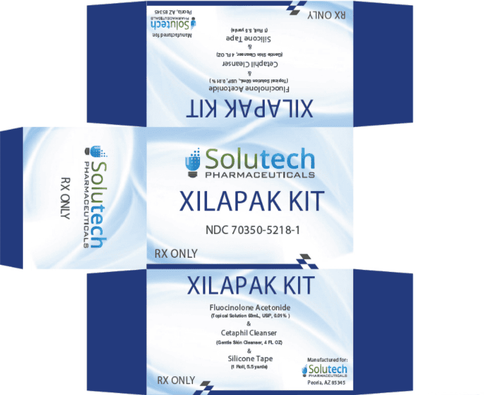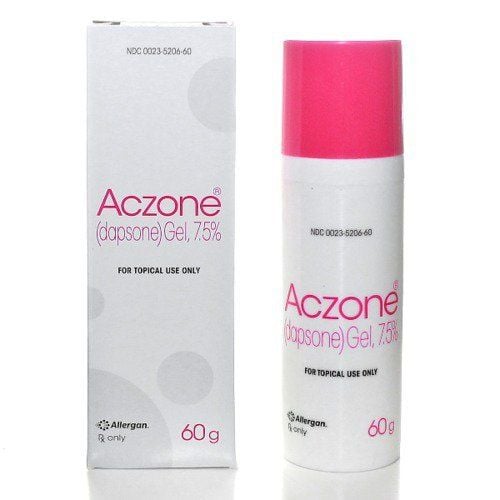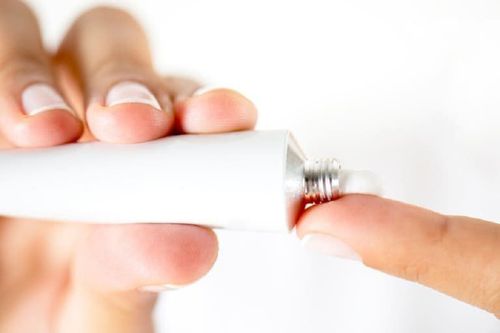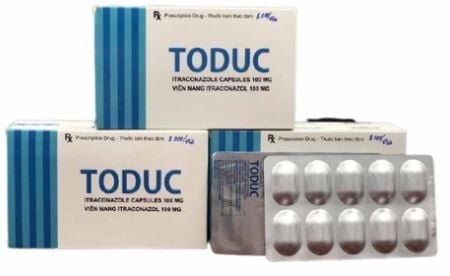This is an automatically translated article.
Hasaderm is a combination of two topical ingredients, betamethasone and salicylic acid. Accordingly, Hasaderm has anti-inflammatory and keratolytic effects as a dermatological drug used to reduce swelling, redness, itching, and dead skin cells caused by specific skin problems such as psoriasis. The mechanism by which Hasaderm works is that the ingredients work together, reducing the amount of inflammatory chemicals, suppressing the body's natural immune response, and helping to control swelling and inflammation optimally.1. What is the effect of Hasaderm?
Hasaderm contains two active ingredients, betamethasone dipropionate and salicylic acid. Betamethasone belongs to the group of topical corticosteroids. The mechanism of action of this class of drugs when applied to the surface of the skin is to reduce redness and itching caused by certain skin problems. Salicylic acid works to soften the top layer of scales on the surface of the skin, which is caused by skin problems. This will allow betamethasone dipropionate to reach the diseased skin underneath for better healing.
Thus, in both adults and children, Hasaderm is effective in the treatment of superficial skin conditions. When applied topically, Hasaderm removes scales and reduces redness as well as relieves pain, stinging, and itching caused by skin problems, such as psoriasis.
2. Things to know when using Hasaderm
Do not use Hasaderm if you have:
Allergy to betamethasone dipropionate, salicylic acid or any other ingredient in the medicine. Any other skin problems with Hasaderm that can make it worse, especially rosacea (a red raised skin condition that affects only the face), acne, perioral dermatitis mouth, genital itching, diaper rash, herpes, chickenpox, or other infectious skin conditions. While using Hasaderm, if you have psoriasis, your doctor may review your treatment regularly. So contact your doctor if your psoriasis gets worse or if there are pus-filled raised bumps under the skin.
In addition, it is also necessary to contact your doctor immediately if you experience blurred vision or other visual disturbances while taking Hasaderm.
After applying the medicine, do not bandage or use the patch on the skin. If you use too much Hasaderm or use it for longer than recommended, it can affect the levels of some hormones in the body, especially in sensitive areas, especially in babies and children. In adults, changes in hormone levels can lead to increased fat accumulation in the trunk, round face, muscle weakness, frequent fatigue and dizziness when standing or sitting down.
3. How to use Hasaderm?
Always use your medicine exactly as your doctor or pharmacist has prescribed. Check with your doctor or pharmacist if the information is uncertain. The usual recommended dose for adults and children is to gently rub a thin layer of Hasaderm directly into the affected skin area twice a day.
At the same time, the patient must always follow the instructions when using Hasaderm as follows:
Do not apply the medicine on the face for more than 5 days. Do not apply large amounts of medication over large areas of the body for long periods of time (for example, every day for weeks or months). Avoid getting the medicine in your eyes or inside your nose or mouth. Hasaderm is used with caution in children. Do not use the medicine on any part of your child's body for more than 5 days. Don't put Hasaderm under your baby's diaper, as this will make the active ingredients pass through the skin quickly, increasing the risk of side effects.
If Hasaderm is accidentally swallowed, this will not cause any problems. However, if you are concerned, you should see your doctor.
If Hasaderm is used more often than necessary, or over large areas of the skin, it may affect certain hormones. In children, this can affect their physical and mental development.
4. Possible side effects when taking Hasaderm
Like all medicines, topical Hasaderm can cause side effects, although not everyone gets them. Most people find that when used correctly Hasaderm does not cause any problems. However, if the medicine is used more often than necessary, it can cause the following:
Thin skin, stinging, blistering, peeling, swelling, itching, burning, skin rash, dry skin and Red spots may also be noticed, often found in infants and children. Folliculitis, excessive hair growth, reduced skin pigmentation and allergic skin. Dermatitis, a condition in which the skin reacts to an external agent, such as detergents, causes the skin to become red and itchy. Blurred vision In summary, Hasaderm contains betamethasone and salicylic acid. This is a combination of two drugs, which help each other in the mechanism of action and help treat eczema and psoriasis effectively. However, it is necessary to adhere to the dose and the area to be treated when applying Hasaderm. In all cases where it is necessary to use the drug for a long time or on a large area of skin, for children, it is necessary to consult a doctor to control the optimal skin condition as well as prevent long-term side effects.
Please dial HOTLINE for more information or register for an appointment HERE. Download MyVinmec app to make appointments faster and to manage your bookings easily.





